Shows the balance between sodium and potassium, two electrolytes that support fluid, nerve, and muscle function.
Securely stored in EU
Cancel anytime
Test 100+ biomarkers
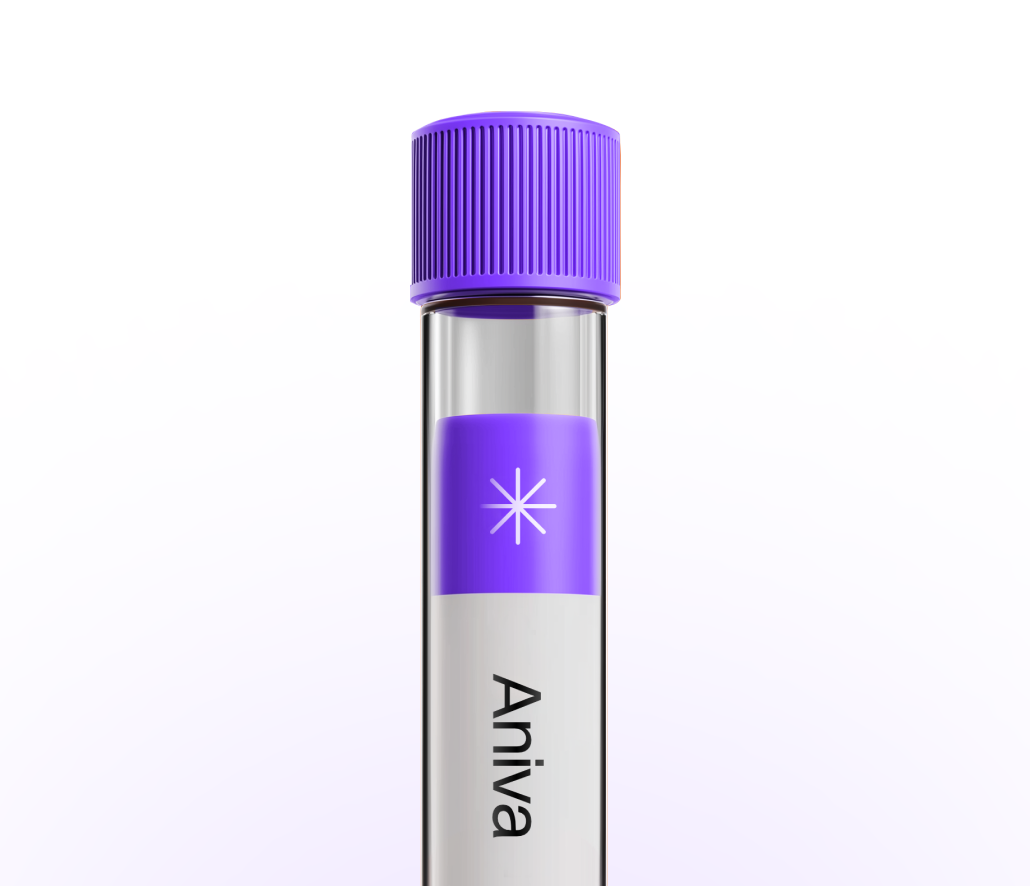
Less than 5 minutes waiting time. One
simple test at one of our 20+ locations.
Get your lab reports within one week.
Accessible on our app and per PDF.
All your health records stored
in a single, convenient place.

Clinicians may check this ratio to get a quick view of overall electrolyte balance, especially with fluid shifts, blood pressure changes, or diuretic use. It can help flag when sodium or potassium deserves closer look and guide medication review. Abnormal results are usually followed by checking sodium and potassium individually and related tests. You can test this marker with Aniva across Germany and Finland.
Clinicians may check this ratio to get a quick view of overall electrolyte balance, especially with fluid shifts, blood pressure changes, or diuretic use. It can help flag when sodium or potassium deserves closer look and guide medication review. Abnormal results are usually followed by checking sodium and potassium individually and related tests. You can test this marker with Aniva across Germany and Finland.
High: More sodium relative to potassium. This can occur with dehydration, low potassium, high salt intake, or certain medicines like some diuretics. Consider reviewing medications, salt intake, and confirming with individual sodium and potassium tests.
Low: More potassium relative to sodium. This can occur with low sodium, high potassium, overhydration, or medicines such as ACE inhibitors, ARBs, or potassium-sparing diuretics. Trends over time and your symptoms give helpful context.
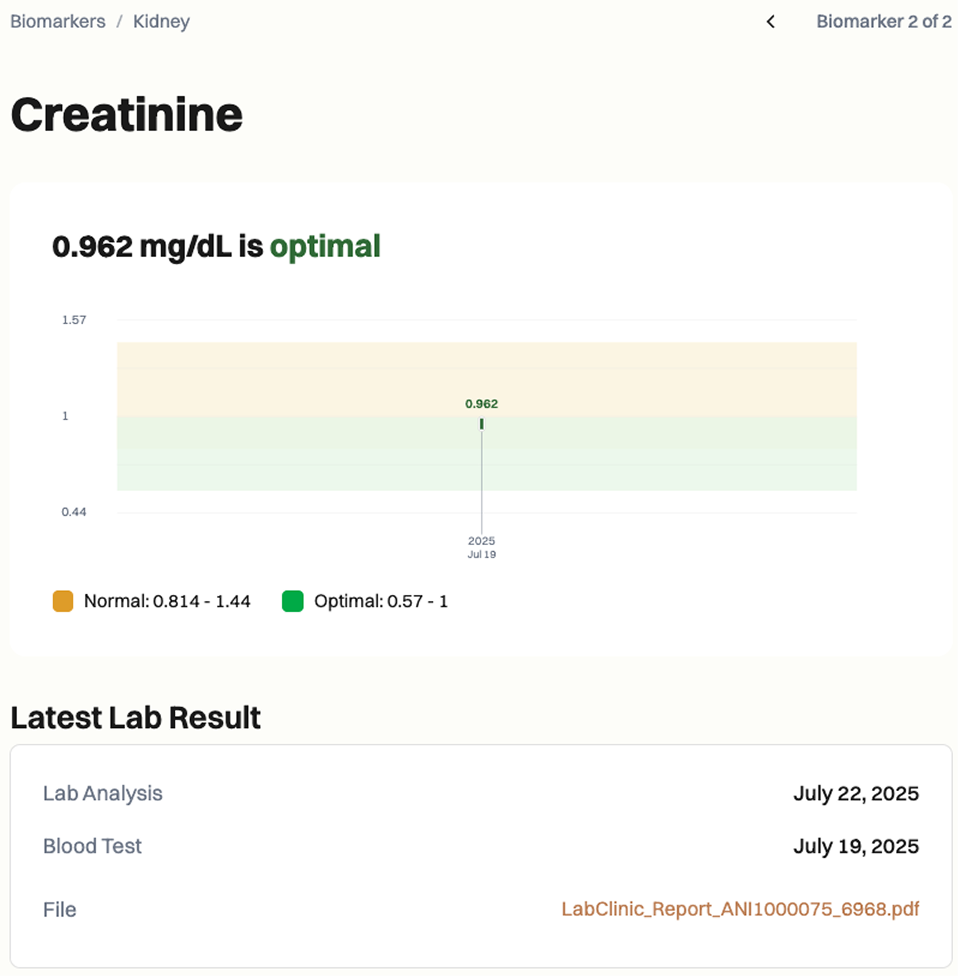
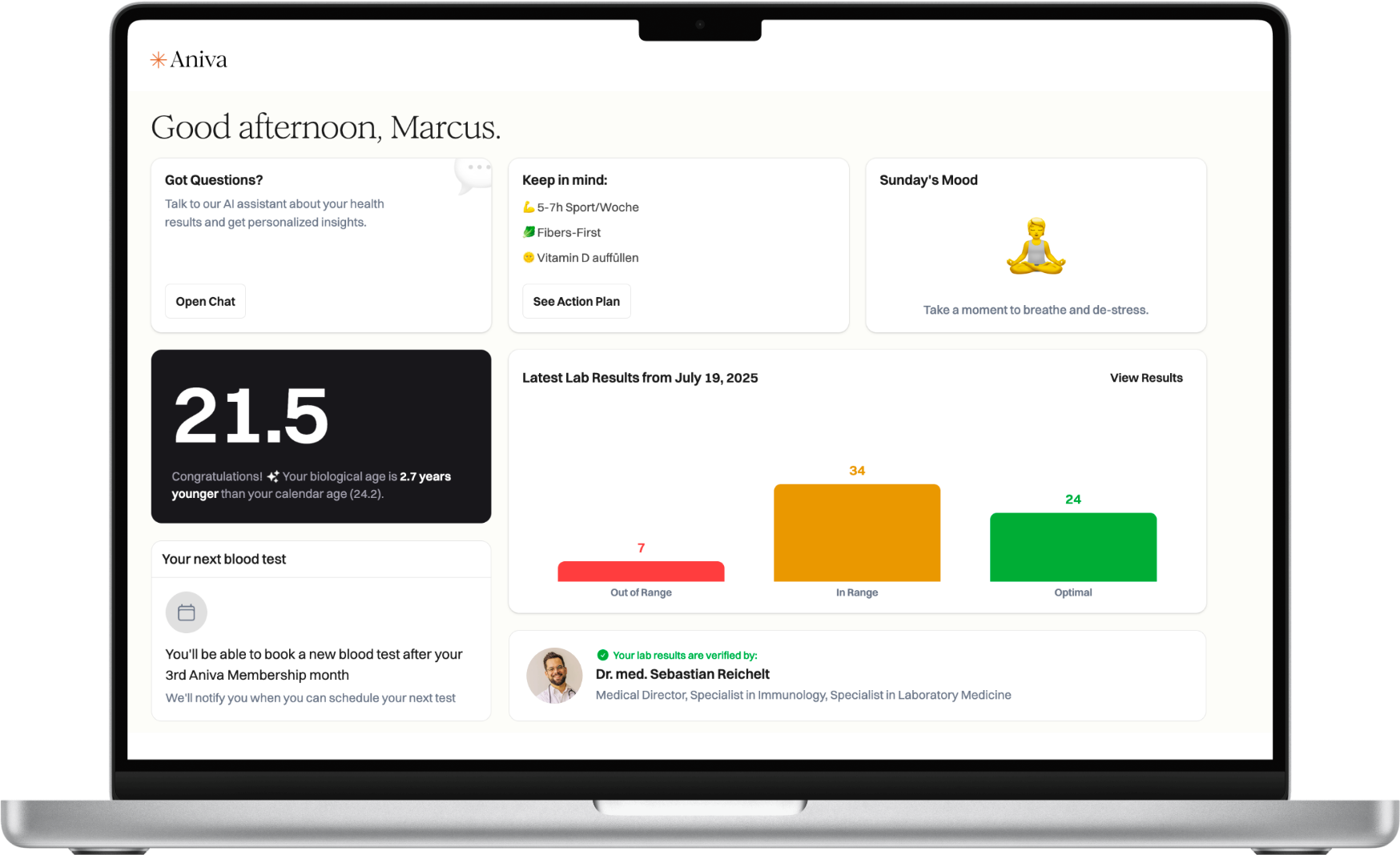
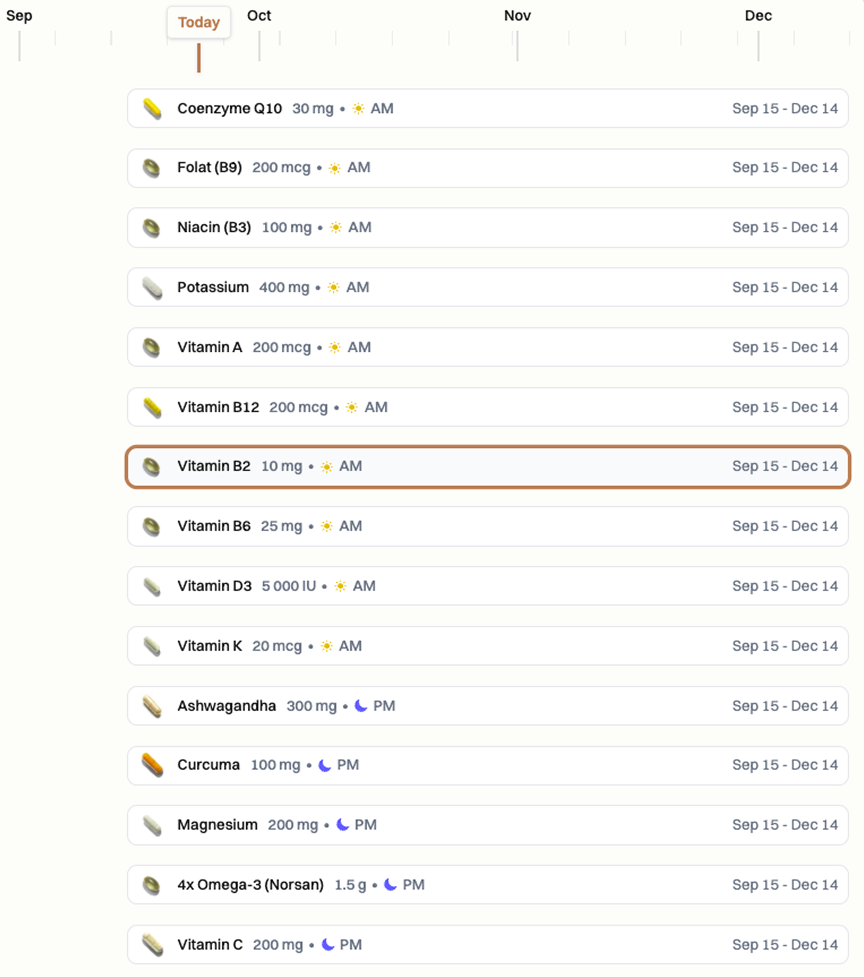
Common factors include dehydration or overhydration, recent very salty meals, and strenuous exercise. Medicines can shift levels, especially diuretics, ACE inhibitors, ARBs, potassium-sparing diuretics, corticosteroids, and NSAIDs. Potassium supplements and salt substitutes can raise potassium; herbal products may also affect results. Pre-analytical issues like prolonged tourniquet use, fist clenching, or hemolysis (broken red cells) can falsely increase potassium.
Special situations: In pregnancy, acute illness, or known kidney or adrenal conditions, confirm findings with repeat testing and related electrolytes.
What does my sodium/potassium ratio mean? It compares sodium to potassium in your blood. A higher or lower ratio can signal an electrolyte imbalance that deserves a closer look.
Do I need to fast for this test? No. Eat and drink normally unless your clinician gives different instructions.
What can affect my results? Diuretics, ACE inhibitors, ARBs, NSAIDs, corticosteroids, potassium supplements, salt substitutes, hydration, heavy exercise, and sample handling can all shift results.
How often should I test this? It’s often checked when starting or adjusting medicines, or when electrolyte issues are suspected. Follow your clinician’s advice for timing.
How long do results take? Most labs return results in 1–2 business days.
What should I discuss with my clinician? Share all medicines and supplements, salt intake, and any symptoms like weakness, cramps, dizziness, or swelling. Ask if follow-up tests are needed.

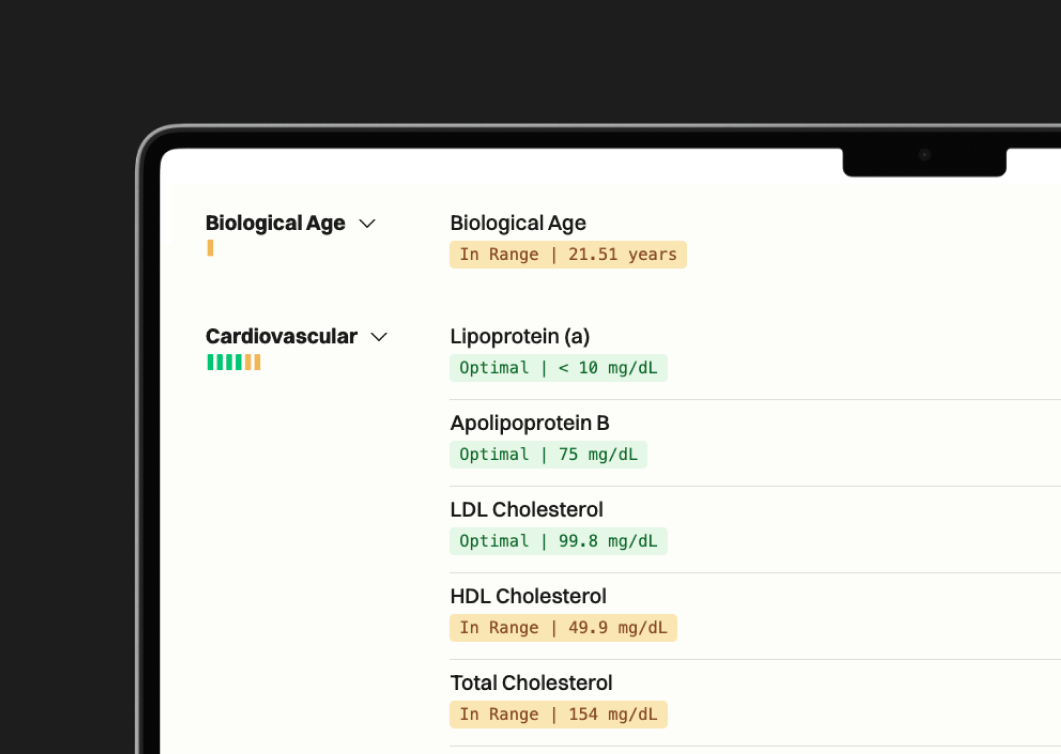

One annual blood test (100+ biomarkers)
Clinician-reviewed insights
Personalized action plan
Access to our AI Concierge
Access to curated products


63%
44%
70%